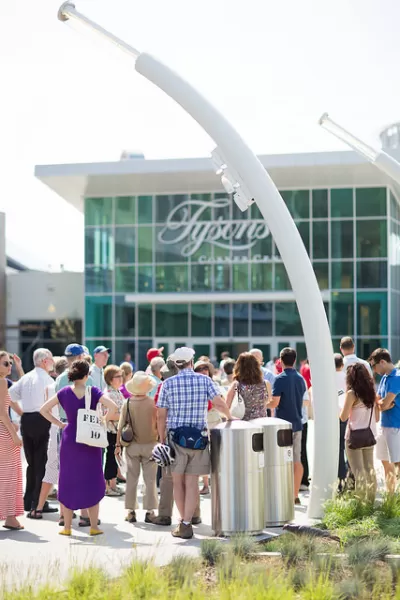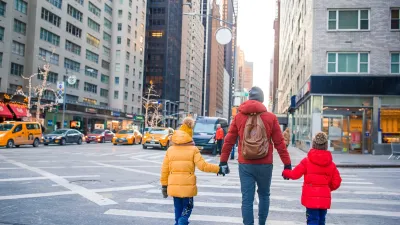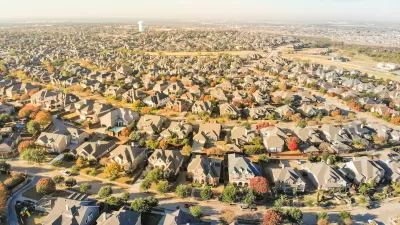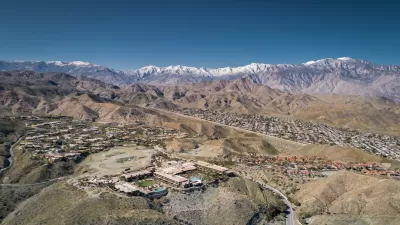Lessons from Edge City, after the world changed again.

coined the term Edge City with his 1991 book Edge City: Life on the New Frontier, which Jake Blumgart writes revisits in a post for CityLab.
"For years, all across the country, stores, offices, and entertainment had been retreating into the suburban and exurban hinterlands where the middle class had decamped," explains Blumgart. The effect of these decades of migration amounted to the "suburbanization of everything."
Garreau's definition of an Edge City relied on statistics, explains Blumgart: "It’s a place that has at least 5 million square feet of leasable office space, 600,000 square feet of retail space, and a population that increases at 9 a.m. on weekdays. It’s perceived locally as a destination for work, shopping, entertainment, and housing. Finally, it sits on land that, 35 years prior, was primarily rural or residential." Garreau's primary example of an Edge City was Tyson's Corner, Virginia.
The book was wildly successful—reaching much-read status with planners and also finding wider popularity. Blumgart speaks with Garreau about the motivations and ideas that inspired the book (Garreau was far from sympathetic toward sprawl) and also examines the political and academic backlash against the book. Eventually Garreau also evolved his theory, saying that American's are "Santa Fe-ing the World," but a long term trend away from large, old cities.
FULL STORY: Return to Edge City

Maui's Vacation Rental Debate Turns Ugly
Verbal attacks, misinformation campaigns and fistfights plague a high-stakes debate to convert thousands of vacation rentals into long-term housing.

Planetizen Federal Action Tracker
A weekly monitor of how Trump’s orders and actions are impacting planners and planning in America.

San Francisco Suspends Traffic Calming Amidst Record Deaths
Citing “a challenging fiscal landscape,” the city will cease the program on the heels of 42 traffic deaths, including 24 pedestrians.

Defunct Pittsburgh Power Plant to Become Residential Tower
A decommissioned steam heat plant will be redeveloped into almost 100 affordable housing units.

Trump Prompts Restructuring of Transportation Research Board in “Unprecedented Overreach”
The TRB has eliminated more than half of its committees including those focused on climate, equity, and cities.

Amtrak Rolls Out New Orleans to Alabama “Mardi Gras” Train
The new service will operate morning and evening departures between Mobile and New Orleans.
Urban Design for Planners 1: Software Tools
This six-course series explores essential urban design concepts using open source software and equips planners with the tools they need to participate fully in the urban design process.
Planning for Universal Design
Learn the tools for implementing Universal Design in planning regulations.
Heyer Gruel & Associates PA
JM Goldson LLC
Custer County Colorado
City of Camden Redevelopment Agency
City of Astoria
Transportation Research & Education Center (TREC) at Portland State University
Jefferson Parish Government
Camden Redevelopment Agency
City of Claremont





























